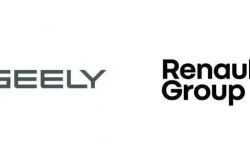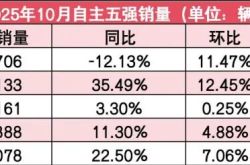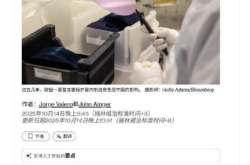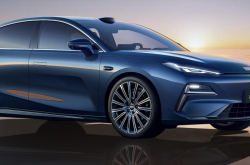A Lawsuit Set Off by a Video Conference! NVIDIA Engineer’s ‘Screen Sharing’ Accidentally Leaks Valeo’s Trade Secrets: Autonomous Driving Code Fuels a Billion-Dollar Theft Case, Headed for November Tri
![]() 09/05 2025
09/05 2025
![]() 568
568
Introduction
What started as a routine video conference and an unintended screen-sharing incident has unraveled a leak of autonomous driving code potentially worth hundreds of millions of dollars. This trade secret dispute, labeled by the industry as the ‘Century Theft Case of Autonomous Driving,’ is slated for formal trial in November this year.
In 2021, an NVIDIA engineer—formerly employed at Valeo—inadvertently revealed source code files belonging to Valeo during a video conference screen share.
Valeo staff quickly captured screenshots as evidence. This seemingly minor operational oversight has ignited a major legal battle over trade secrets involving core autonomous driving technologies.
Judge Noël Wise of California, USA, disclosed critical details in the ruling: NVIDIA’s development of parking assistance technology notably sped up after the engineer’s involvement, and the code in question contained functionalities directly mirroring Valeo’s stolen code.
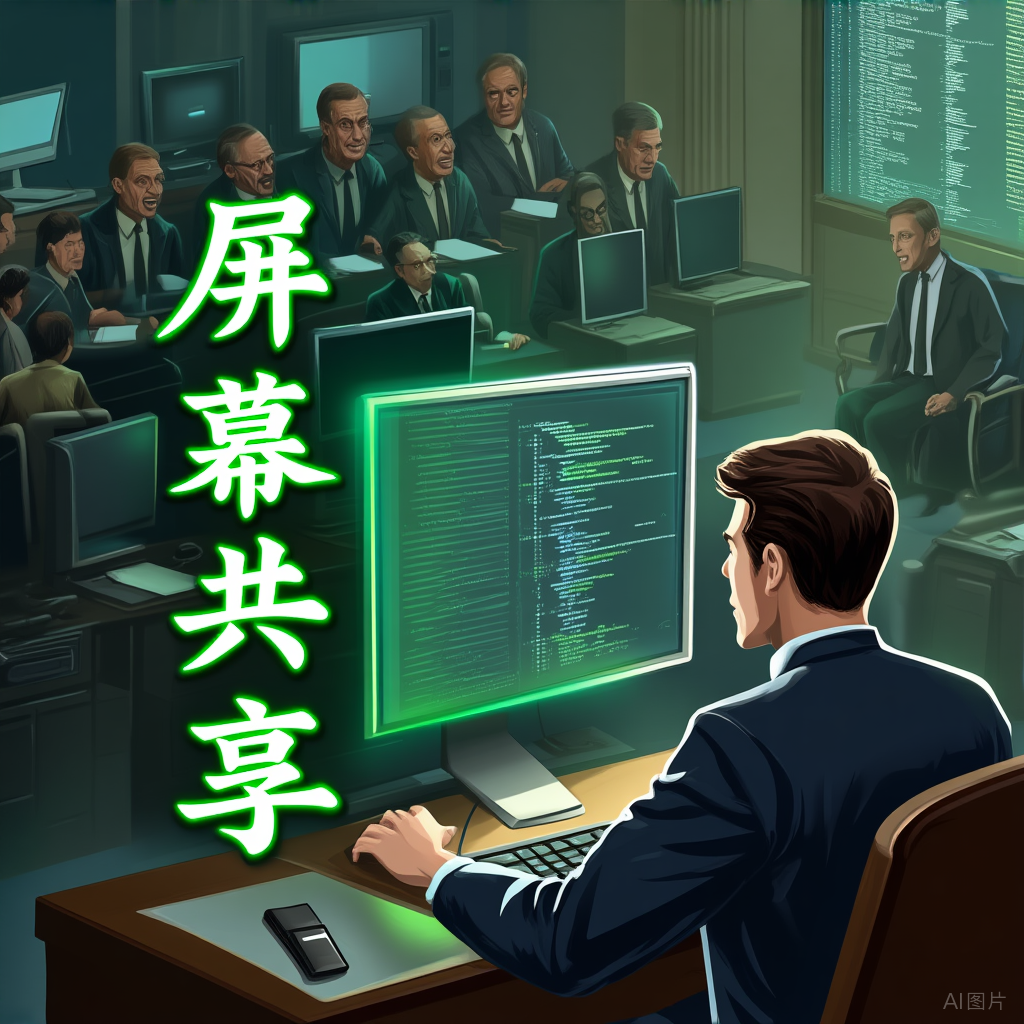
I. Video Conference Turns ‘Crime Scene’: A Screen Share Raises Theft Suspicions
This trade secret case, which has the potential to reshape the tech industry’s rules, began with a standard video conference.
In 2021, an engineer who had transitioned from Valeo to NVIDIA shared his computer screen during a video call, unaware that confidential code from his previous employer was visible.
Valeo attendees, alarmed by the familiar code structure displayed on the screen, immediately took screenshots as evidence.
These screenshots, revealing that the source code files on the engineer’s computer were identical to Valeo’s confidential code, became the most direct evidence in the case.
The engineer in question held a unique position—he had participated in the Mercedes-Benz car project jointly developed by Valeo and NVIDIA, giving him knowledge of both Valeo’s technical secrets and the collaborative details between the two companies.
After joining NVIDIA in 2021, he naturally became a ‘key conduit’ for technology transfer.
NVIDIA attempted to have the case dismissed by citing the failure of a similar lawsuit Valeo had filed in Germany, but U.S. District Judge Noël Wise denied the motion, allowing the case to proceed to trial.
The judge also dismissed three of Valeo’s seven trade secret claims, reflecting a cautious approach to the ruling.
II. Technical Details Unveiled: Accelerated Parking Assistance Development and Code Functionality Overlap
The technical details revealed in the judge’s ruling are striking.
The documents indicate that after the engineer joined NVIDIA, the company’s research and development progress in parking assistance technology significantly sped up—a temporal coincidence difficult to explain through conventional R&D timelines.
More critically, technical analysis uncovered functional implementations in NVIDIA’s autonomous driving code that were directly related to Valeo’s stolen code. This involved not only similar code structures but also a high degree of alignment in specific algorithmic logic and solutions.
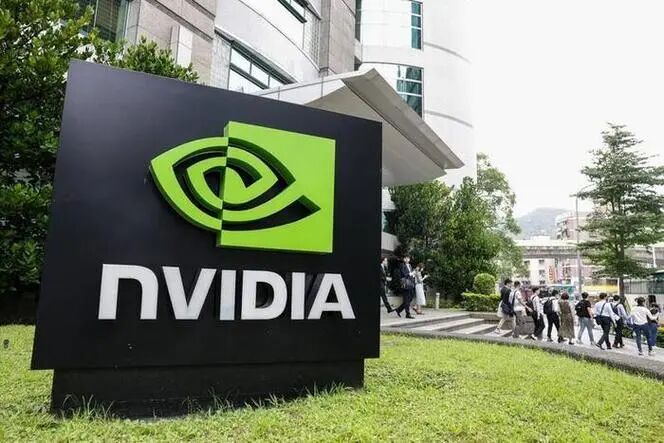
Parking assistance technology, though often seen as just an auxiliary feature of autonomous driving, is actually a core foundation for urban autonomous driving.
This technology requires vehicles to perform precise positioning, dynamic obstacle avoidance, and path planning in confined spaces—capabilities directly tied to the performance of autonomous driving systems in complex urban environments.
As a leading global automotive parts supplier, Valeo has deep expertise in autonomous driving perception, decision-making, and control.
The unique technologies developed through its collaboration projects with luxury car brands like Mercedes-Benz could be worth billions of dollars.
III. Autonomous Driving Arms Race: Why Is Code Worth the Risk?
Behind this dispute lies the fierce technological competition in the autonomous driving sector.
Why would a tech giant like NVIDIA resort to unconventional means to acquire code? The answer lies in the three defining characteristics of autonomous driving R&D: massive investment, lengthy development cycles, and high uncertainty.
According to industry statistics, global companies have invested over $100 billion in autonomous driving R&D, yet truly large-scale commercial applications remain rare.
While NVIDIA dominates the AI chip market, it lags in autonomous driving algorithms and software, necessitating accelerated technology acquisition through external channels.
By obtaining competitors’ code, companies can save significant R&D time and costs.
In the ‘winner-takes-all’ market of autonomous driving, gaining a lead of even a few months can mean securing a decisive competitive edge. This time pressure drives some companies to take risks and adopt unconventional tactics.
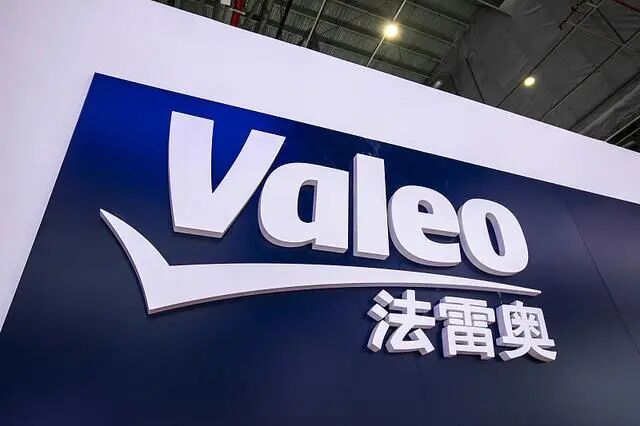
The risk of technology leaks due to engineer job-hopping has become an industry-wide concern.
While outright code copying is rare, the practice of ‘borrowing’ technical ideas by recruiting competitors’ engineers is not uncommon.
What makes this case unique is the acquisition of direct evidence.
A leading domestic autonomous vehicle company recently found itself entangled in an intellectual property dispute after its founding team left a certain eastern company to start their own venture.
IV. Industry Impact: Rebalancing Trade Secret Protection and Talent Mobility
This case, set for trial in November, will have far-reaching implications for the tech industry regardless of the outcome.
It exposes vulnerabilities in the current trade secret protection system, particularly in cross-border, high-tech R&D environments.
Companies must reevaluate their trade secret protection strategies:
First, tighten access permission management for source code, adhering to the principle of least privilege;
Second, enhance offboarding audit processes, thoroughly inspecting the computers and accounts of departing employees;
Third, strengthen onboarding training for new hires, clearly outlining legal boundaries.
For R&D personnel, this case serves as a cautionary tale.
Engineers should prioritize professional ethics and legal risks when changing jobs, avoiding inadvertent involvement in trade secret disputes.
Career advancement should be grounded in legal compliance; otherwise, severe legal repercussions may follow.
The case also underscores the importance of technical watermarks and code similarity detection tools.
Companies should consider embedding unique identifiers in core code and regularly scanning public code repositories to promptly detect potential leaks.
V. Law and Technology: Challenges in Trade Secret Identification
This case presents a significant legal challenge: how to prove that the code was ‘stolen’ rather than ‘independently developed’?
In software development, functional similarities are common, but parallels in code structure, variable naming, and comment styles can serve as evidence of plagiarism.
The uniqueness of autonomous driving code lies in its impact on human safety. If flawed, it could lead to severe traffic accidents.
This elevates the case beyond ordinary commercial disputes, introducing public safety considerations.
The complexity of cross-border litigation is another defining feature of this case.
Valeo is a French company, NVIDIA is American, the engineer involved is German, yet the case is being tried in the United States. This transnational aspect requires the court to navigate differing national legal systems and corporate environments when adjudicating the matter.

The case’s outcome may influence future collaboration models between tech companies.
If Valeo prevails, it could lead to more cautious talent recruitment and technology exchanges among firms;
If NVIDIA wins, it may expose gaps in the existing legal framework, prompting legislative updates.
In conclusion, the WeChat public account ‘Autonomous Vehicles Are Coming’ believes:
Regardless of the verdict, this case has sounded an alarm for the tech industry: in today’s era of rapid digital transformation, trade secret protection demands innovative approaches and tools, and a new equilibrium must be struck between talent mobility and intellectual property safeguards.
Dear readers, what are your thoughts?
#AutonomousVehiclesAreComing #AutonomousDriving #SelfDriving #AutonomousVehicles #Neolix


